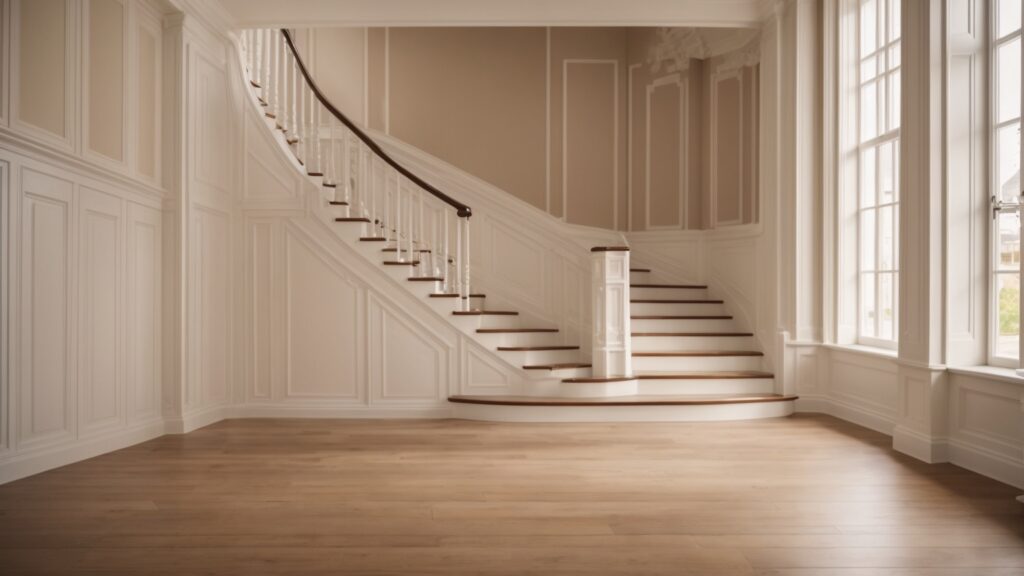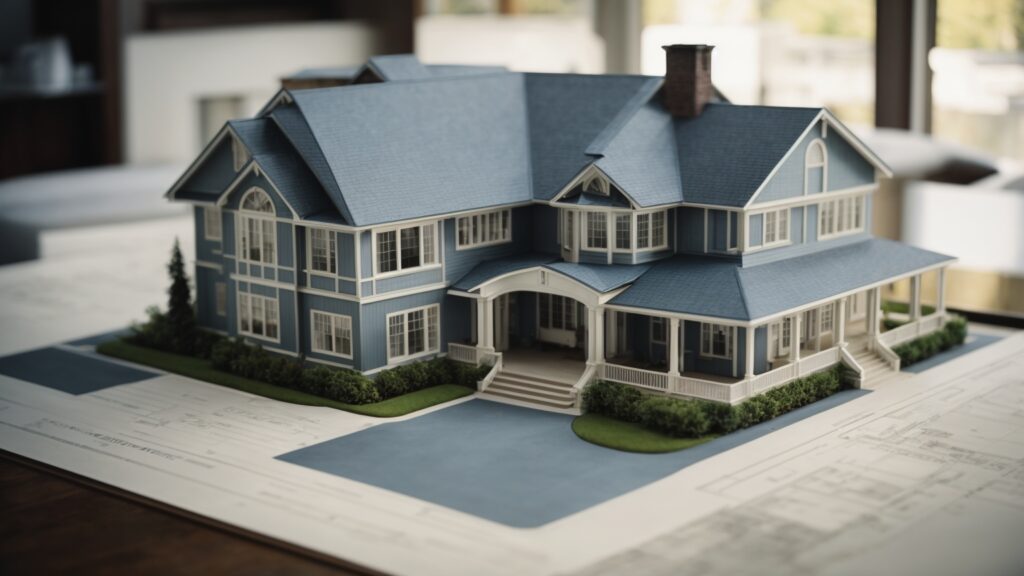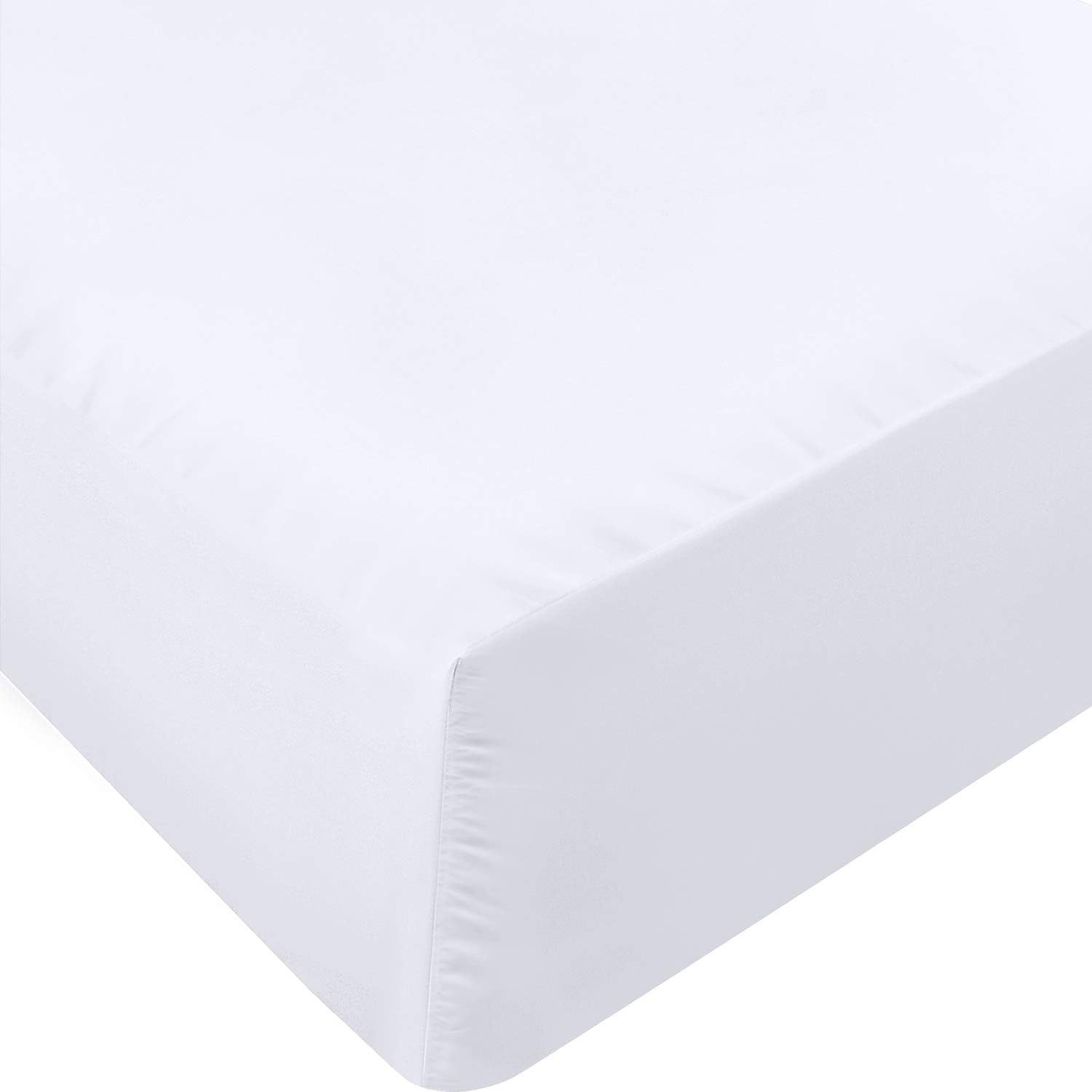Introduction
In the world of architecture, classic house design is celebrated for its enduring elegance and a structured approach that remains relevant over time. This architectural style expertly includes key elements such as symmetrical facades and ornate moldings, establishing an atmosphere of luxury and balance in each villa. Architects concentrate on preserving the uniqueness and equilibrium of classical style through carefully designed floor plans and structures, ensuring each residence exudes majesty and serenity.
Exploring further the design elements that characterize classic homes, it’s clear that integrating both conventional and novel features is essential to creating spaces that are not only opulent but also practical. The facades typically display pediments and intricate decoration, enhancing the majestic appearance of these homes. Additionally, classic house plans commonly incorporate contemporary conveniences merged with traditional aesthetics, offering a harmonious combination of past and present. By focusing on symmetry, proportion, and the deliberate selection of materials and finishes, designers craft environments that radiate enduring elegance and furnish a durable, luxurious home for future generations.
Key Takeaways
- Classic house design is celebrated for its timeless elegance, characterized by symmetrical facades and ornate moldings that create an atmosphere of luxury and balance.
- The design intricately blends traditional elements with modern conveniences, ensuring that each residence offers both opulence and practicality.
- Central to classic house design is the importance of symmetry and balance, which not only enhance aesthetic appeal but also promote tranquility and well-being.
- Interior spaces in classic homes combine high ceilings, intricate moldings, and sophisticated finishes with contemporary comforts, embodying a blend of tradition and modern luxury.
- Exterior features of classic houses, including pediments and detailed decorations, contribute significantly to their majestic and stately appearance.
- The thoughtful integration of landscaping and material choices further accentuates the timeless elegance and enduring beauty of classic house designs.
The Foundations of Classic House Style

In classic house design, the architecture is renowned for its timeless elegance and precision, distinguished by symmetrical facades and well-organized living spaces. This style prioritizes spacious layouts that combine luxury with balanced aesthetics, promoting both tranquility and opulence. Classic homes often feature architectural elements such as columns and decorative moldings, which are not merely ornamental but foundational to their stately aesthetic. These elements contribute to a sense of enduring beauty, echoing a heritage of architectural perfection that continues to appeal across generations. This approach ensures that each space within the home is both beautiful and harmonious, appealing to those who value historical aesthetics blended with modern functionality.
Foundations of Classic House Style
| Element | Importance | Examples |
|---|---|---|
| Symmetry | Creates visual balance and a sense of harmony, enhancing both the aesthetic appeal and functionality of living spaces. | Evenly spaced windows, centered doors |
| Roof Types | Affects the overall aesthetic and functionality, reflecting historical styles and providing structural benefits. | Gabled roofs, Hipped roofs |
| Color Schemes | Sets the tone and mood of the house; neutral and earth tones add elegance and timelessness. | Whites, blacks, earth tones |
| Natural Materials | Emphasizes the house’s connection to traditional craftsmanship and durability. | Wood, stone, marble |
| Decorative Details | Adds visual interest and depth, contributing to the classic elegance of the architecture. | Columns, moldings, pediments |
This table summarizes the essential elements that define classic house design, highlighting the importance of each component and providing typical examples. These elements contribute to the timelessness, functionality, and aesthetic appeal of classic homes, making them perennial favorites in architecture.
Architectural Elements Define Classic Elegance
The architectural elements of a classic house—such as columns, detailed moldings, and symmetrical facades—play a pivotal role in crafting its distinguished appearance. These components are not merely decorative; they are integral to creating a sense of balance and proportion that characterizes stately homes. From the grand entrance to the luxurious interior, every detail is carefully considered to ensure it contributes to the overall harmony and elegance of the design.
The Importance of Symmetry and Balance
In classic house design, symmetry and balance are not just aesthetic choices; they are core principles that imbue spaces with a serene and organized ambiance. Whether through the layout of rooms, the design of the exterior, or the arrangement of furniture, maintaining symmetry creates a sense of order and elegance. This approach not only enhances the aesthetic appeal of residential spaces but also promotes a sense of well-being and tranquility among its inhabitants.
Interior Design: Blending Tradition with Modern Luxury

The interior design of classic houses masterfully blends traditional elements with modern luxury, creating spaces that are both grand and welcoming. High ceilings adorned with intricate moldings, elegant staircases, and refined finishes speak to the sophistication and time-honored taste that classic interior design style embraces. Yet, it is the thoughtful integration of contemporary comforts and technology that truly brings these homes into the 21st century, making them relevant for today’s living while respecting their classical roots.
“Luxury is when it seems flawless; when you reach the right balance between all elements. Understated theatricality – that is what my luxury is all about.” – Jean-Louis Deniot
Creating a Timeless Aesthetic Through Decor
Decor in a classical house plays a key role in enhancing its timeless quality. By selecting pieces that echo the elegance and sophistication of the past while incorporating modern sensibilities, designers can create spaces that transcend time. Luxurious fabrics, antique furnishings, and decorative accents that exude a sense of history contribute to an interior that is both opulent and inviting. The goal is to craft an ambiance reminiscent of a bygone era, perfected with an eye for contemporary living standards.
Modern Comforts in Classic Settings
Merging modern amenities with classic design allows for an interior that celebrates the best of both worlds. Sophisticated lighting schemes, high-quality materials, and state-of-the-art appliances are seamlessly integrated into the classic motif, enhancing functionality without detracting from the style’s aesthetic integrity. This fusion ensures that living in a classic house does not mean compromising on convenience or luxury, providing a dwelling that is as comfortable as it is visually captivating.
The Exterior: Crafting Classic Curb Appeal

The exterior of a classic house is just as significant as its interior, featuring elements that project elegance and stately charm. With facades that showcase symmetrical designs accented by columns and decorative details, these houses immediately captivate and invite onlookers to appreciate their grandeur. The use of high-quality materials and finishes emphasizes the timeless beauty and durability of classic house design, ensuring these homes not only look exquisite but are also built to endure through the ages.
Landscaping to Complement Classical Architecture
The landscaping surrounding a classic house significantly enhances its appeal and sets the stage for its architectural beauty. Thoughtful arrangement of greenery, pathways, and outdoor living areas can accentuate the house’s symmetry and balance, while also inviting tranquility and a connection with nature. Through meticulous planning, the outdoors becomes an extension of the home, reflecting its elegance and providing a serene backdrop to the architectural masterpiece.
Materials and Finishes: Achieving Timelessness
Selecting the right materials and finishes is crucial in achieving the timeless appeal of classic house exteriors. Natural stone, high-quality wood, and traditional stucco are among the favored choices, providing both beauty and longevity. These materials, combined with expert craftsmanship, ensure that the house not only stands out for its aesthetic appeal but also withstands the test of time, preserving its character and elegance for future generations.
Continuously Trending: The Enduring Popularity of Classic House Design

Despite the changing tides of architectural trends, classic house design remains a perennial favorite. Its enduring popularity stems from its ability to merge timeless beauty with the functionality and comfort demanded by modern living. The principles of symmetry, balance, and proportion, along with a dedication to detail and craftsmanship, ensure that classic houses maintain their appeal and value over time. As society’s appreciation for enduring beauty and quality craftsmanship persists, classic house design stands tall as a testament to architectural excellence.
Tips for Designing a Classic House
-
Emphasize Symmetry and Balance: Symmetry is a cornerstone of classic house design, contributing to both the aesthetic appeal and the spatial harmony of the home. This principle helps create an orderly and elegant environment that is visually pleasing and easy to navigate.
-
Choose Traditional Roof Styles: Opting for gabled or hipped roofs can enhance the traditional aesthetic of a classic house. These styles not only complement the historical look but are also practical for weather conditions like rain and wind.
-
Select Neutral Color Schemes: Neutral colors like whites, blacks, and earth tones are preferred in classic house design. They add a timeless quality and work well with traditional architecture, helping to create a sophisticated and enduring look.
-
Incorporate Natural Lighting: Thoughtfully plan windows, skylights, and see-through doors to maximize natural lighting while maintaining temperature control. This approach not only enhances the energy efficiency of the home but also adds to its aesthetic value by creating bright, airy spaces.
-
Focus on Quality Materials: Use high-quality, traditional materials such as wood and stone. These materials are not only durable but also add to the classic appeal of the house, aging beautifully over time and maintaining their character.
These guidelines help maintain the classic house design’s appeal, merging historical elegance with modern functionality to create spaces that are both beautiful and livable.
- Bottom Sheet
- Deep Pocket
- Soft Microfiber
- Shrinkage and Fade Resistant
- Easy Care
- 1 Fitted Sheet Only (White)
Conclusion
Classic house design merges timeless beauty with modern functionality, making it an enduring favorite in architecture. This distinctive style’s symmetrical facades and ornate moldings draw an atmosphere of luxury and balance, emphasizing the classical concept throughout each design. The harmonious blend of traditional elements with innovative modern features ensures that each home is not only aesthetically appealing but also practically equipped for contemporary living.
In conclusion, the enduring appeal of classic house design lies in its ability to adapt to the evolving needs of its inhabitants while maintaining its aesthetic integrity. Through a careful selection of materials and a commitment to quality craftsmanship, these homes stand as a testament to architectural excellence. The seamless integration of texture, size, and decorative elements enhances the richness of the environment, creating spaces that are both opulent and inviting. Classic house design remains a significant and cherished style, continually adapting while preserving its historical essence.
James Dunnington leads the James Dunnington Collection, featuring five unique blogs: a practical Pet Care Guide, an enlightening Ancient History Blog, a resourceful Home Improvement Guide, a cutting-edge Tech Innovation Guide, and a strategic Online Money Making platform. Each site delivers valuable insights designed to empower and inform. For updates and more tips, visit our Contact Us page to sign up for our newsletter, ensuring you never miss out on the latest content from any of these dynamic fields.

